English, mid 19th Century, each with the label for 'Mr. Antoine Claudet 107 Regents Street', the set of 7 in the original maroon Morrocan leather covered case stamped to the lid with a gilt grest and 'CLAUDET', complete with a stereo viewer constructed of similar maroon Maroccan leather stamped in gilt to the lid with a crest and 'Mr CLAUDET, 107 REGENTS STREET', the stereo dagguerotypes of young ladies all delicatly tinted with fine gilt detailing of jewelry.
Condition: 3 Daguerrotypes with original bindings and black lacquere masks, 4 with later rebinding and black paper masks, bindings clip the label to teh rear, images generally very good, some with light oxidizing to the edges, viewer with split to leather hinge, scuffs and bumps. smal crack to one lens
Note; Claudet patented his viewing case March 23 1853 - "Stereoscopes, The First One Hundred Years" by Paul Wing, 1996 p.75.
Antoine François Jean Claudet: A Pioneer in Early Photography
Antoine François Jean Claudet (August 18, 1797 – December 27, 1867) was a French photographer and artist who made significant contributions to the development of photography during the Victorian era. Although born in France, Claudet spent much of his career in London, where he became known for producing daguerreotypes.
Claudet was born in the La Croix-Rousse district of Lyon, France. His father, Claude Claudet, was a cloth merchant, and his mother was Etiennette Julie Montagnat. Antoine followed his family's glassmaking business early on but soon found a passion for the emerging field of photography.
Initially, Claudet managed a glass factory in Choisy-le-Roi, near Paris, alongside Georges Bontemps To promote the glass business, Claudet moved to England and set up a shop on High Holborn in London. However, his career took a dramatic turn when he became involved in the development of photography. After acquiring a license from Louis Daguerre, Claudet became one of the earliest photographers to use the daguerreotype process in England. He played a pivotal role in improving the technique, notably by introducing chlorine as a chemical agent, which allowed for quicker image capture.
Claudet was not only a skilled photographer but also an inventive thinker. One of his key innovations was the creation of the red darkroom safelight, which allowed photographers to develop images without risking overexposure. He also pioneered the use of painted backdrops in portrait photography and proposed the idea of capturing a sequence of photographs to simulate motion, a precursor to later cinematic developments.
From 1841 to 1851, Claudet operated a photography studio on the roof of the Adelaide Gallery in London. It was here in 1843 that he took one of the only two surviving photographs of Ada Lovelace, the famous mathematician and daughter of Lord Byron. As his reputation grew, Claudet expanded his operations with additional studios, including one at the Colosseum in Regent’s Park. By 1851, he had relocated his entire business to 107 Regent Street, where he established a his photographic studio known as the "Temple to Photography."
Claudet’s career resulted in the production of around 1,800 photographs annually, with notable sitters including the scientist Michael Faraday and the mathematician Charles Babbage. Among his works is a historic daguerreotype of Hemi Pomara, believed to be the earliest photograph of a Māori individual, now housed in the National Library of Australia.
Beyond portraiture, Claudet was also an inventor. In 1848, he created the photographometer, a device designed to measure the intensity of light rays. The following year, he invented the focimeter, which helped photographers achieve precise focus in portrait photography. In 1858, he responded to a challenge from Sir David Brewster by developing the stereomonoscope, which contributed to the popularization of 3D imagery.
Claudet's contributions to photography did not go unnoticed. In 1853, he was elected a Fellow of the Royal Society, a prestigious recognition of his work in the scientific community. That same year, he was appointed as "Photographer-in-ordinary" to Queen Victoria, a position that cemented his status as one of the most influential photographers of his time. A decade later, Napoleon III of France also honored him for his achievements.
Claudet and his wife Julia had eight children, the youngest of whom, Francis George Claudet, followed in his father’s footsteps as an amateur photographer in Canada. Despite his many successes, Claudet’s life ended on a somber note. He passed away in London in 1867, and soon after his death, his "Temple to Photography" was tragically destroyed by fire, resulting in the loss of many of his valuable photographs.
Many of his photographic works can be seen at the [National Portrait Gallery](https://www.npg.org.uk/collections/search/person/mp06792/antoine-claudet).
English, mid 19th Century, each with the label for 'Mr. Antoine Claudet 107 Regents Street', the set of 7 in the original maroon Morrocan leather covered case stamped to the lid with a gilt grest and 'CLAUDET', complete with a stereo viewer constructed of similar maroon Maroccan leather stamped in gilt to the lid with a crest and 'Mr CLAUDET, 107 REGENTS STREET', the stereo dagguerotypes of young ladies all delicatly tinted with fine gilt detailing of jewelry.
Condition: 3 Daguerrotypes with original bindings and black lacquere masks, 4 with later rebinding and black paper masks, bindings clip the label to teh rear, images generally very good, some with light oxidizing to the edges, viewer with split to leather hinge, scuffs and bumps. smal crack to one lens
Note; Claudet patented his viewing case March 23 1853 - "Stereoscopes, The First One Hundred Years" by Paul Wing, 1996 p.75.
Antoine François Jean Claudet: A Pioneer in Early Photography
Antoine François Jean Claudet (August 18, 1797 – December 27, 1867) was a French photographer and artist who made significant contributions to the development of photography during the Victorian era. Although born in France, Claudet spent much of his career in London, where he became known for producing daguerreotypes.
Claudet was born in the La Croix-Rousse district of Lyon, France. His father, Claude Claudet, was a cloth merchant, and his mother was Etiennette Julie Montagnat. Antoine followed his family's glassmaking business early on but soon found a passion for the emerging field of photography.
Initially, Claudet managed a glass factory in Choisy-le-Roi, near Paris, alongside Georges Bontemps To promote the glass business, Claudet moved to England and set up a shop on High Holborn in London. However, his career took a dramatic turn when he became involved in the development of photography. After acquiring a license from Louis Daguerre, Claudet became one of the earliest photographers to use the daguerreotype process in England. He played a pivotal role in improving the technique, notably by introducing chlorine as a chemical agent, which allowed for quicker image capture.
Claudet was not only a skilled photographer but also an inventive thinker. One of his key innovations was the creation of the red darkroom safelight, which allowed photographers to develop images without risking overexposure. He also pioneered the use of painted backdrops in portrait photography and proposed the idea of capturing a sequence of photographs to simulate motion, a precursor to later cinematic developments.
From 1841 to 1851, Claudet operated a photography studio on the roof of the Adelaide Gallery in London. It was here in 1843 that he took one of the only two surviving photographs of Ada Lovelace, the famous mathematician and daughter of Lord Byron. As his reputation grew, Claudet expanded his operations with additional studios, including one at the Colosseum in Regent’s Park. By 1851, he had relocated his entire business to 107 Regent Street, where he established a his photographic studio known as the "Temple to Photography."
Claudet’s career resulted in the production of around 1,800 photographs annually, with notable sitters including the scientist Michael Faraday and the mathematician Charles Babbage. Among his works is a historic daguerreotype of Hemi Pomara, believed to be the earliest photograph of a Māori individual, now housed in the National Library of Australia.
Beyond portraiture, Claudet was also an inventor. In 1848, he created the photographometer, a device designed to measure the intensity of light rays. The following year, he invented the focimeter, which helped photographers achieve precise focus in portrait photography. In 1858, he responded to a challenge from Sir David Brewster by developing the stereomonoscope, which contributed to the popularization of 3D imagery.
Claudet's contributions to photography did not go unnoticed. In 1853, he was elected a Fellow of the Royal Society, a prestigious recognition of his work in the scientific community. That same year, he was appointed as "Photographer-in-ordinary" to Queen Victoria, a position that cemented his status as one of the most influential photographers of his time. A decade later, Napoleon III of France also honored him for his achievements.
Claudet and his wife Julia had eight children, the youngest of whom, Francis George Claudet, followed in his father’s footsteps as an amateur photographer in Canada. Despite his many successes, Claudet’s life ended on a somber note. He passed away in London in 1867, and soon after his death, his "Temple to Photography" was tragically destroyed by fire, resulting in the loss of many of his valuable photographs.
Many of his photographic works can be seen at the [National Portrait Gallery](https://www.npg.org.uk/collections/search/person/mp06792/antoine-claudet).
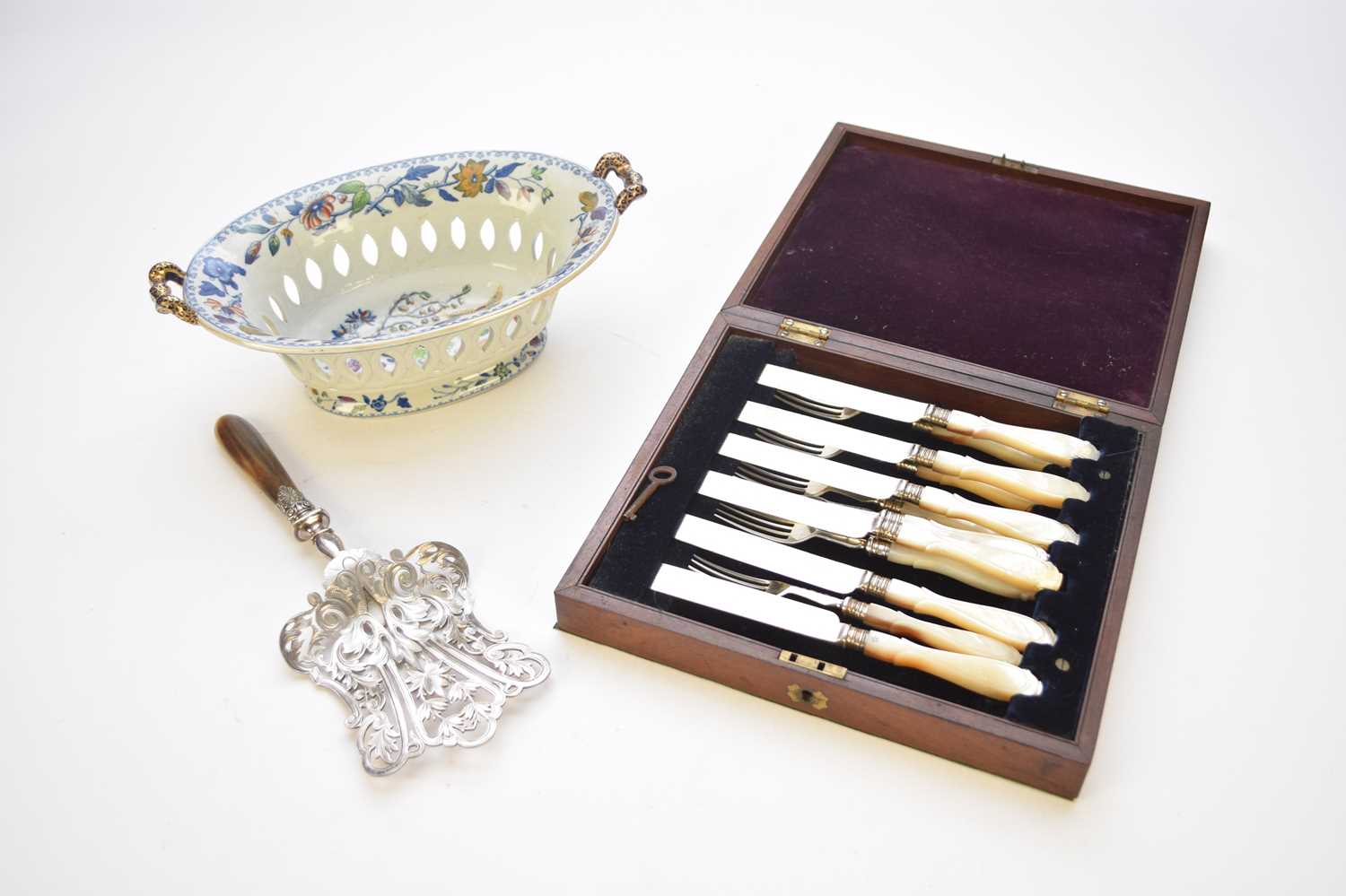

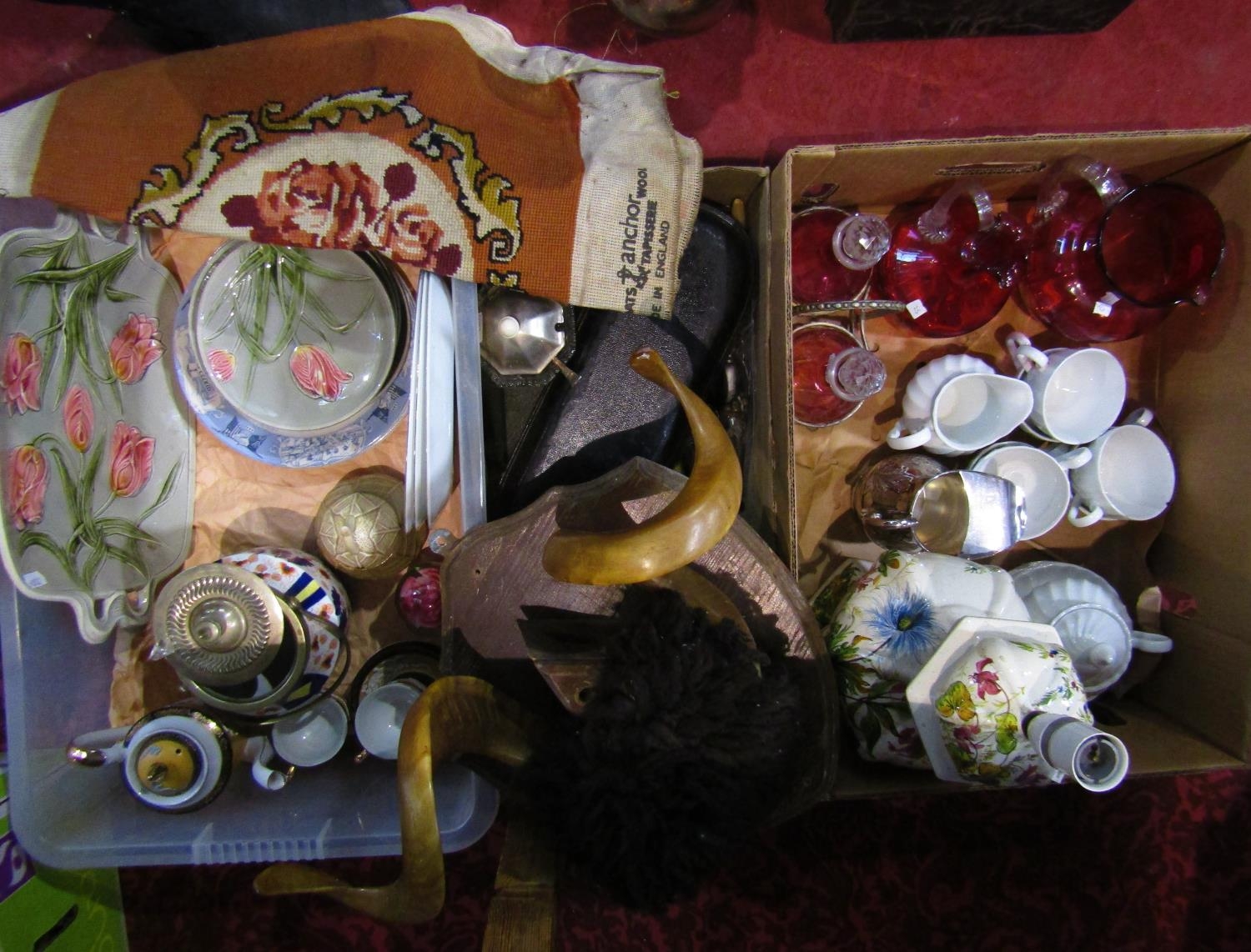

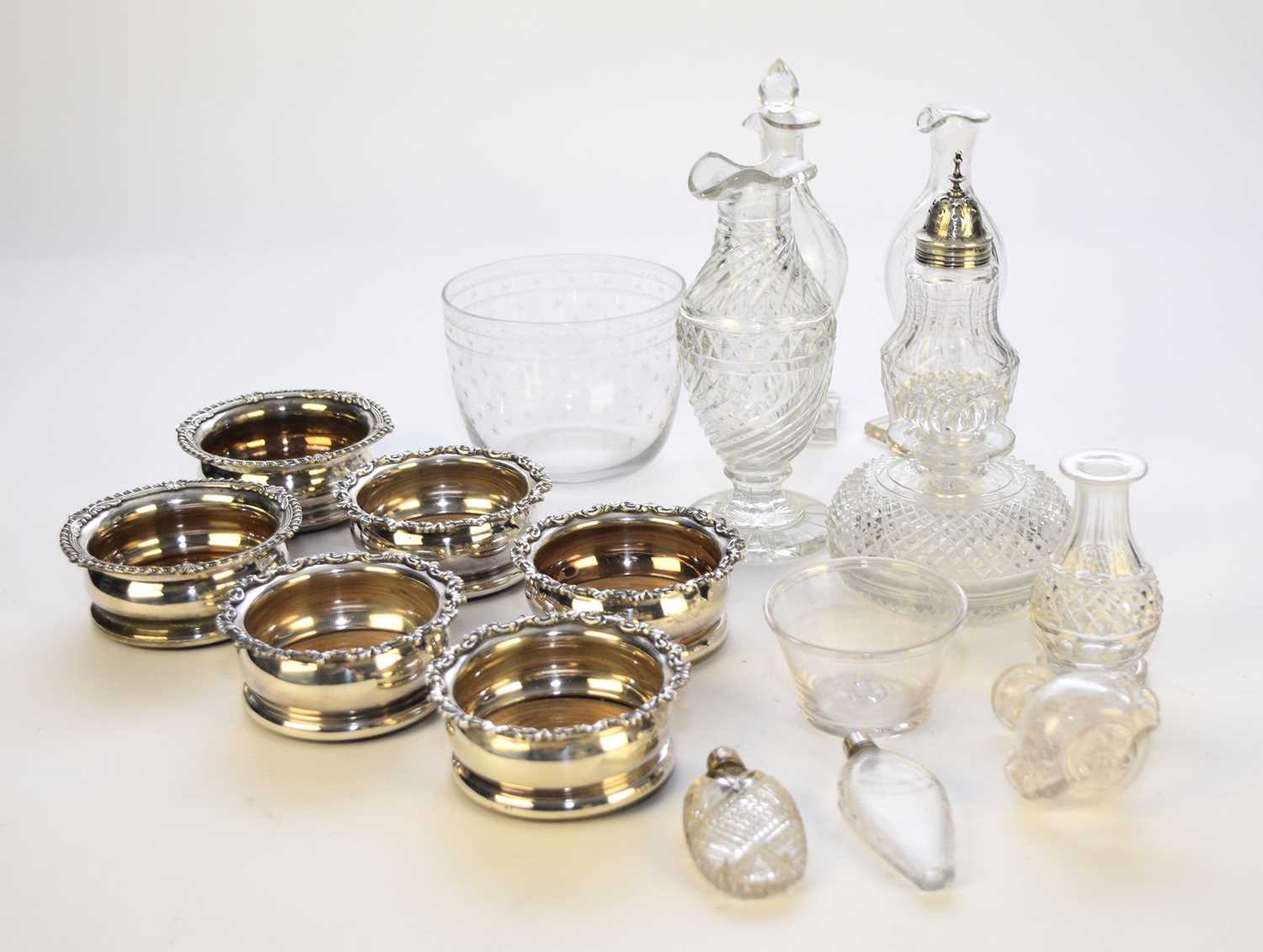

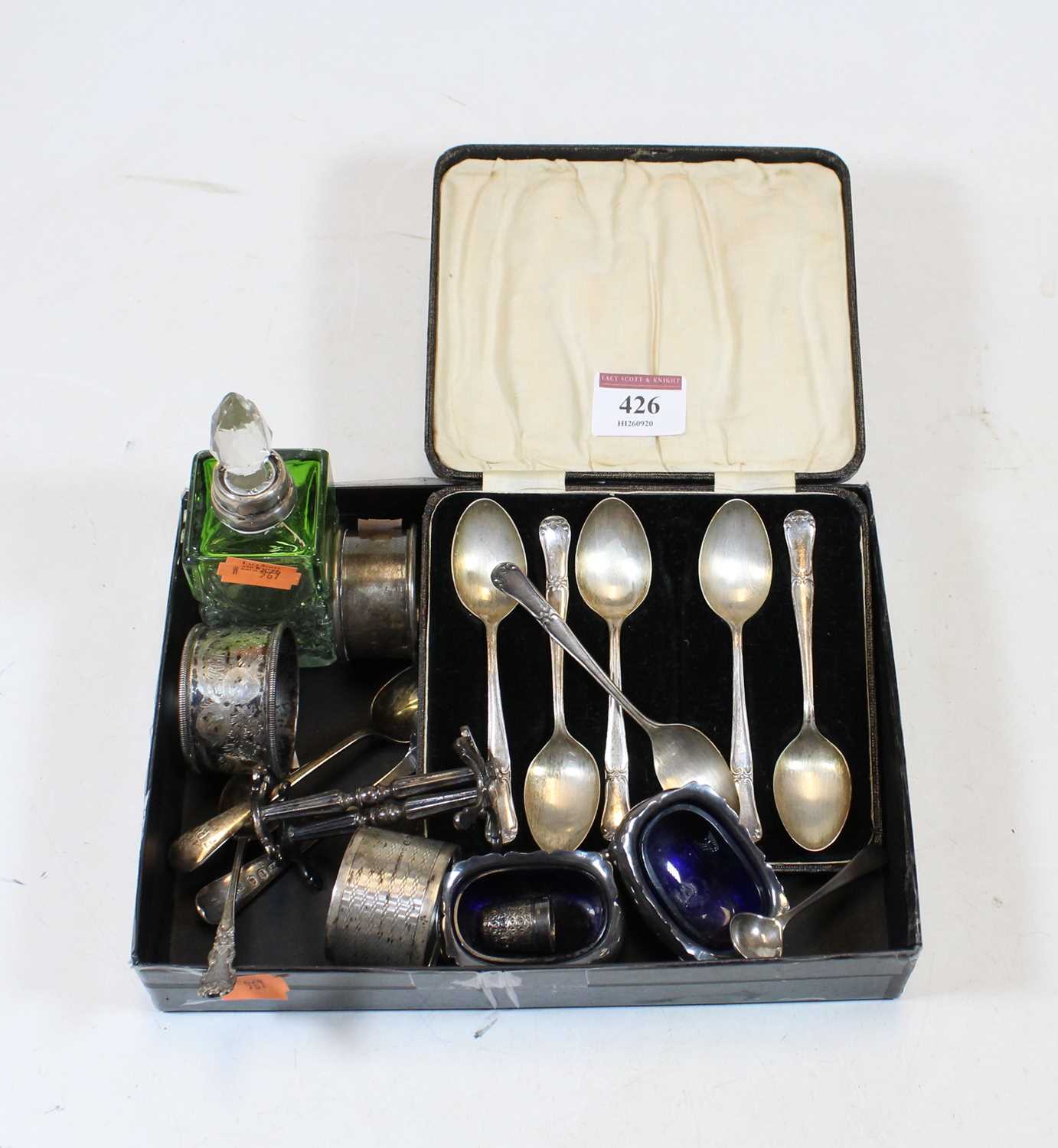


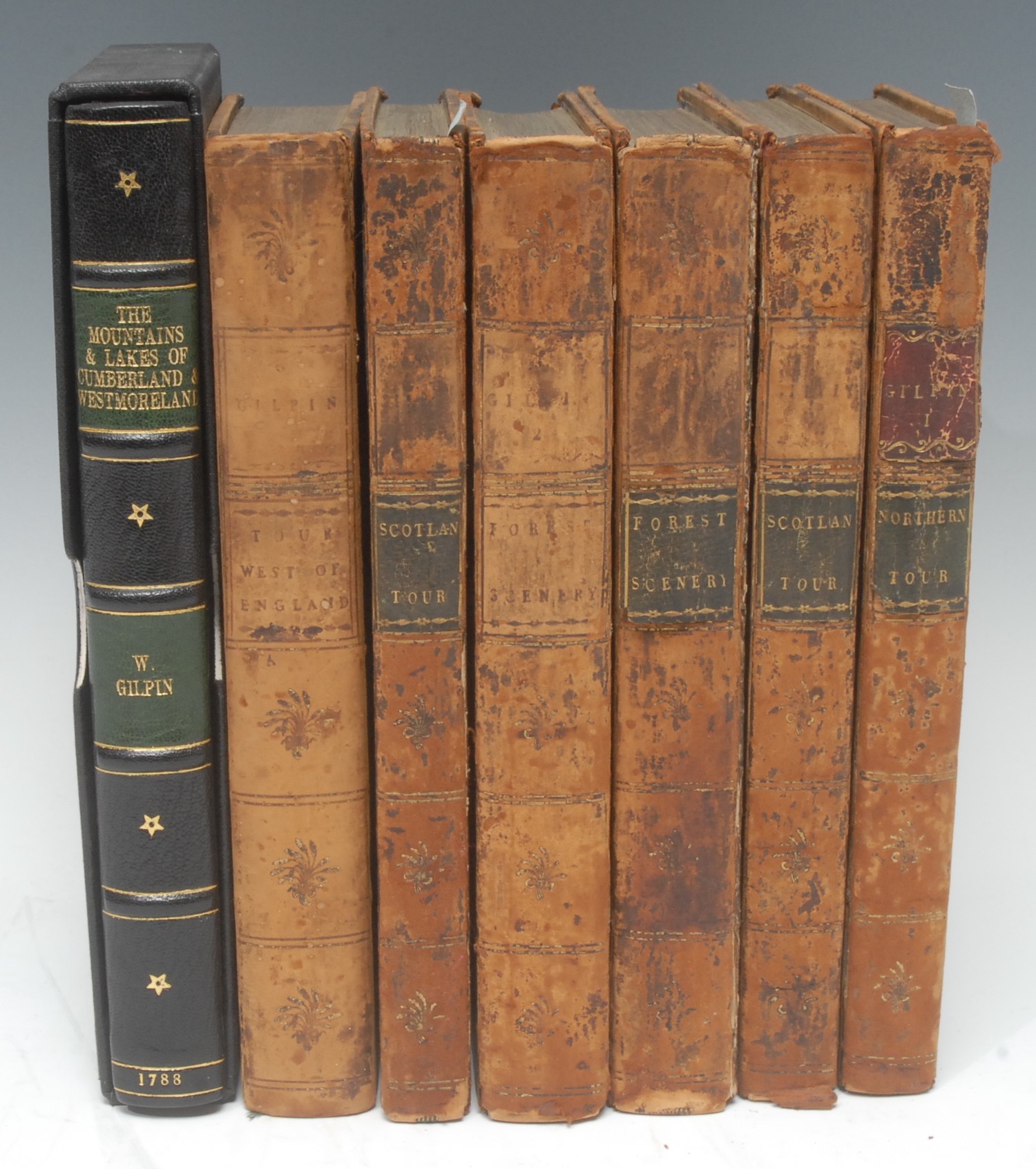




Testen Sie LotSearch und seine Premium-Features 7 Tage - ohne Kosten!
Lassen Sie sich automatisch über neue Objekte in kommenden Auktionen benachrichtigen.
Suchauftrag anlegen